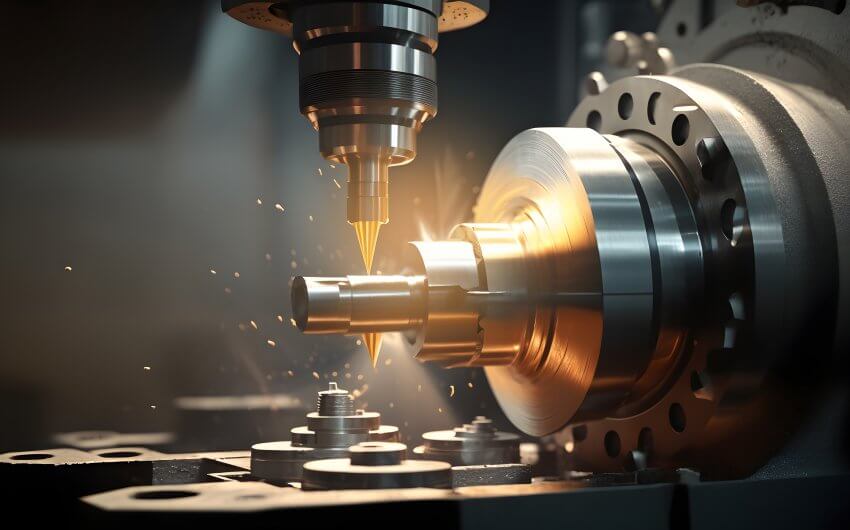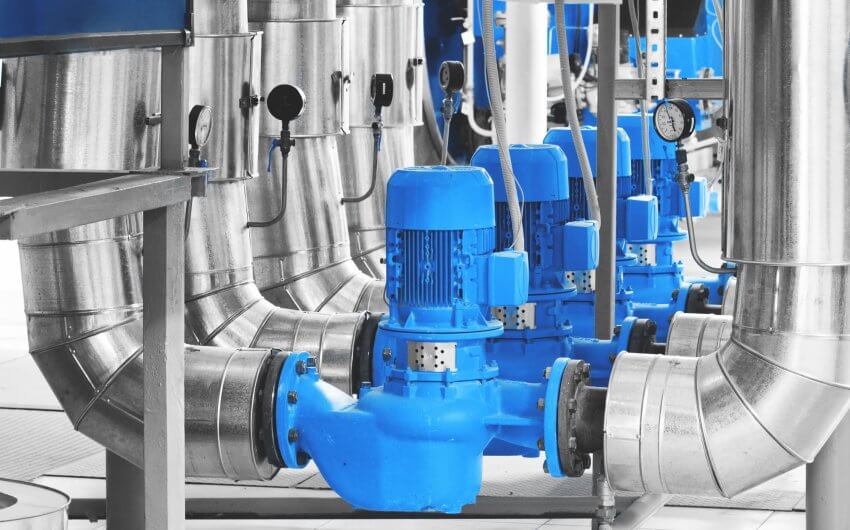Learn what’s new in SolidWorks 2015
Wrapping up our ‘New in SolidWorks 2015’ series we take a look at the Weldments section of Update Training. Update Training for SolidWorks 2015 is packed with 46 unique lessons covering topics including, Fundamentals, Sketching, Parts and Features, Assemblies, Drawings & Detailing, Sheet Metal, and Weldments. Be sure to watch the free ‘Gusset Enhancements’ video tutorial below for a sneak peak into the Update Training Weldments course.
Update Training – Weldments
Weldments are oftentimes multi-body parts, consisting of several different bodies, or structural members. While the weldment tools are generally used to design framing structures, they are extremely flexible and lend themselves to many different applications, for instance woodworking.
In this section, you’ll learn about weldment feature enhancements and new options available for common features. You’ll learn about the new set of options that allow you to control the behavior of weldments at the document level. We also cover the new functionalities when adding weld beads to single and multi-body parts. We’ll also introduce the new options available when adding gussets or end caps to your models.
The gusset feature lets you quickly reinforce areas between adjacent faces of 2 intersecting structural members. However, if you’ve ever tried to create gussets using cylindrical faces, non-adjacent faces, or disjointed faces, creating gussets was a bit more tedious and time consuming. With SolidWorks 2015, the gusset feature received a nice enhancement that now lets you create gussets between these types of geometries in one easy step. In the tutorial video we’ll take a quick look at the new selections. To get started, launch the gusset feature from the weldments toolbar.
To create a gusset between 2 cylinders, simply select the faces in the graphics area, a preview of the gusset will appear. If you want to change the direction of the gusset, simply click the arrows in the graphics area. When creating gussets between 2 cylindrical faces, notice the profile is located at the midpoint. To change the location, enable the offset option and enter an offset distance.
You can also create a gusset between cylinders and planar faces. In the video we’ll clear the existing selection and select two other faces. Notice the location group box now has a gusset direction window. To define the direction the gusset will go in, you can select planar faces, cylindrical faces, linear edges, linear sketches, and axes.
If you have disjointed planar surfaces that are separated by a structural member or a fillet, like you see in the tutorial video, you can also create gussets. Just like any other gusset feature, simply select the two faces, a preview will appear. You can even create a gusset between two disjointed faces if there’s a gap, if one of the faces you select is cylindrical, you just have to define a gusset direction.
Did you miss Sheet Metal yesterday? Or Assemblies, Drawings & Detailing, Parts & Features, Sketching, and Fundamentals last week? Check out the linked articles!
Existing members can log in and access the full course. Don’t have a SolidProfessor account yet? Sign up today!
























